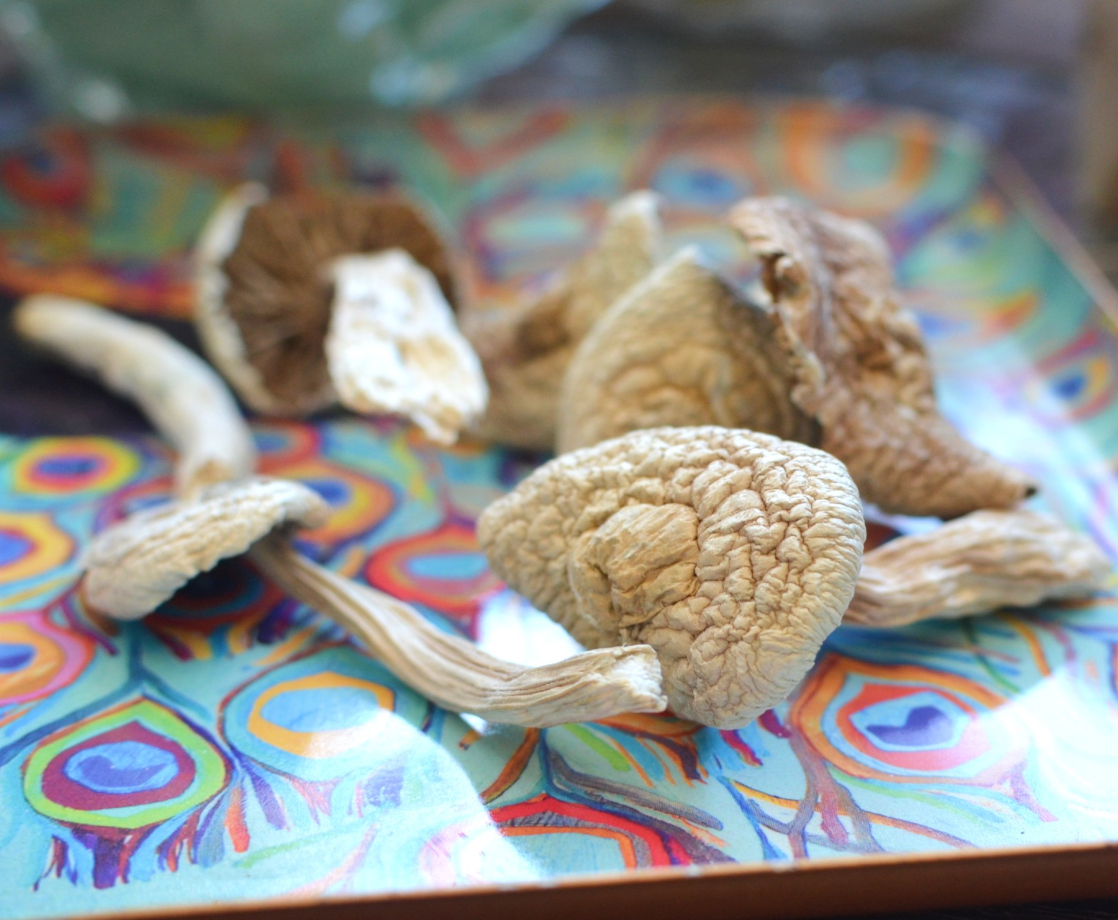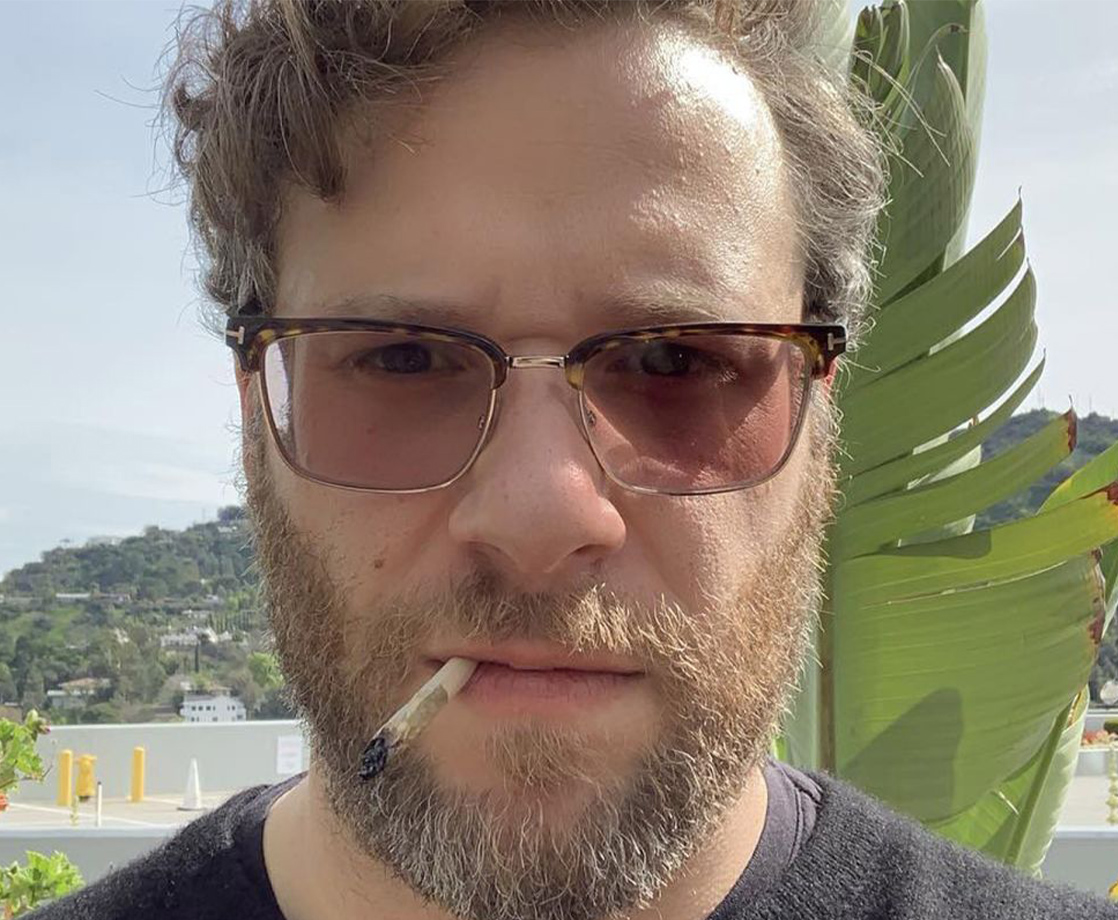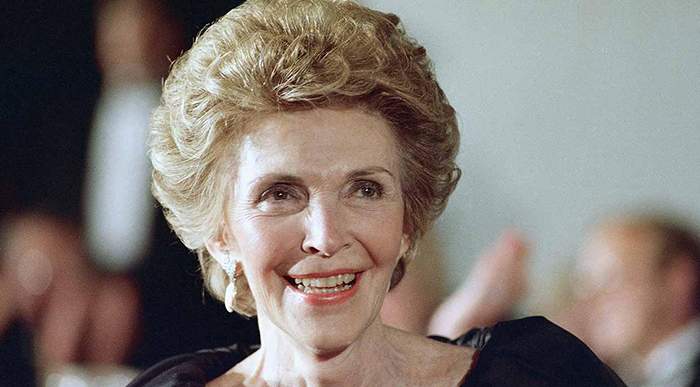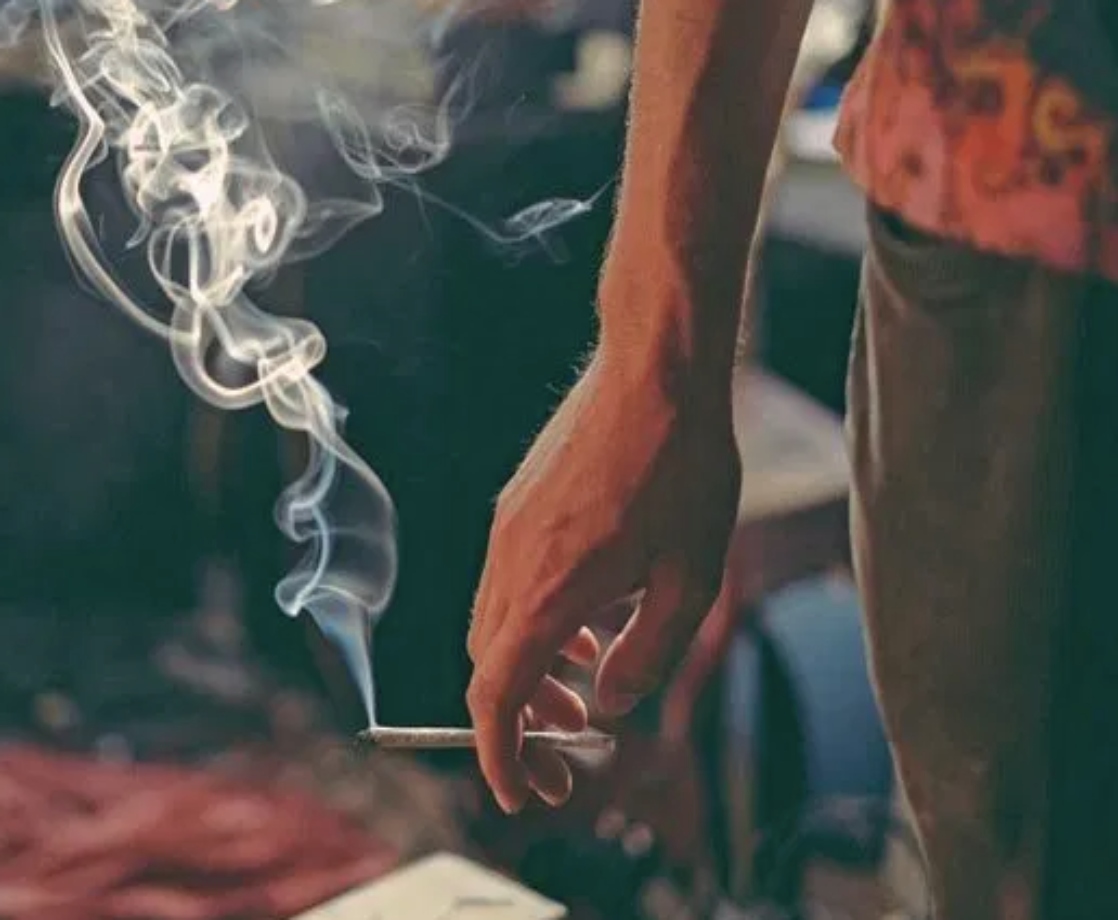Photo by Lindsey Bartlett
Mushroom curious?
Same. Thankfully, there’s a new shroom manual on the market written by MERRY JANE contributor and author Michelle Janikian called Your Psilocybin Mushroom Companion. It lays out the deets on how to have the safest and least stressful trip possible. Janikian answers an array of questions, ranging from how much to consume, to why set and setting matters. It’s a deep dive into psilocybin science, while providing history on the rituals practiced by ancient and modern indigenious tribes, the Western psychedelic movement, proper integration, and so much more.
“[Mushrooms] can be terrifying, and they can also be blissful; they can help you see things that the ego prevents you from realizing in everyday life,” Janikian said in an interview with MERRY JANE. “But they can also be dangerous if you don’t pay proper attention to certain things, like thorough preparation and integration.”
The mushroom movement mirrors the cannabis crusade in many ways. In fact, it’s estimated that psilocybin is about a decade behind marijuana in terms of access and legality. That’s why the knowledge Janikian imparts in her new book is essential: Because being properly informed is the most effective weapon in our mental toolkit, particularly when it comes to pushing drug reform.
Your Psilocybin Mushroom Companion taught me that shrooms are not addictive, and there haven’t been any known deaths from overdoses. The World Health Organization even gave psilocybin a stamp of approval by calling it “the safest drug” — even safer than cannabis — the last three years in a row.
I also learned there are 180 species of mushrooms that span the globe, all of which hold a different power or effect depending on it’s genetic makeup. And did you know people were using shrooms in the Sahara desert since 6000 BCE? The Mayans were also using mushrooms in 3000 BCE. Wild, right?
Given how disconnected our current society is, we could really learn a thing or two from our ancestors who used these sacred entheogens for healing, self-discovery, and enhancing community. Perhaps the California Decriminalization of Psilocybin initiative is a sign that our society is finally ready to embrace these historic tools in order to better ourselves. Perhaps this is why Denver decriminalized mushrooms in 2019, and why Oakland made fungi and plant medicine the lowest priority on cops’ radar: People need alternative options for healing and connecting, and mushrooms can facilitate that.
MERRY JANE caught up with Janikian about her journey investigating the healing properties of mushrooms, old and new cultural misunderstandings, curating your set and setting, and how people are using mushrooms for personal growth.
*This interview has been edited for length and clarity
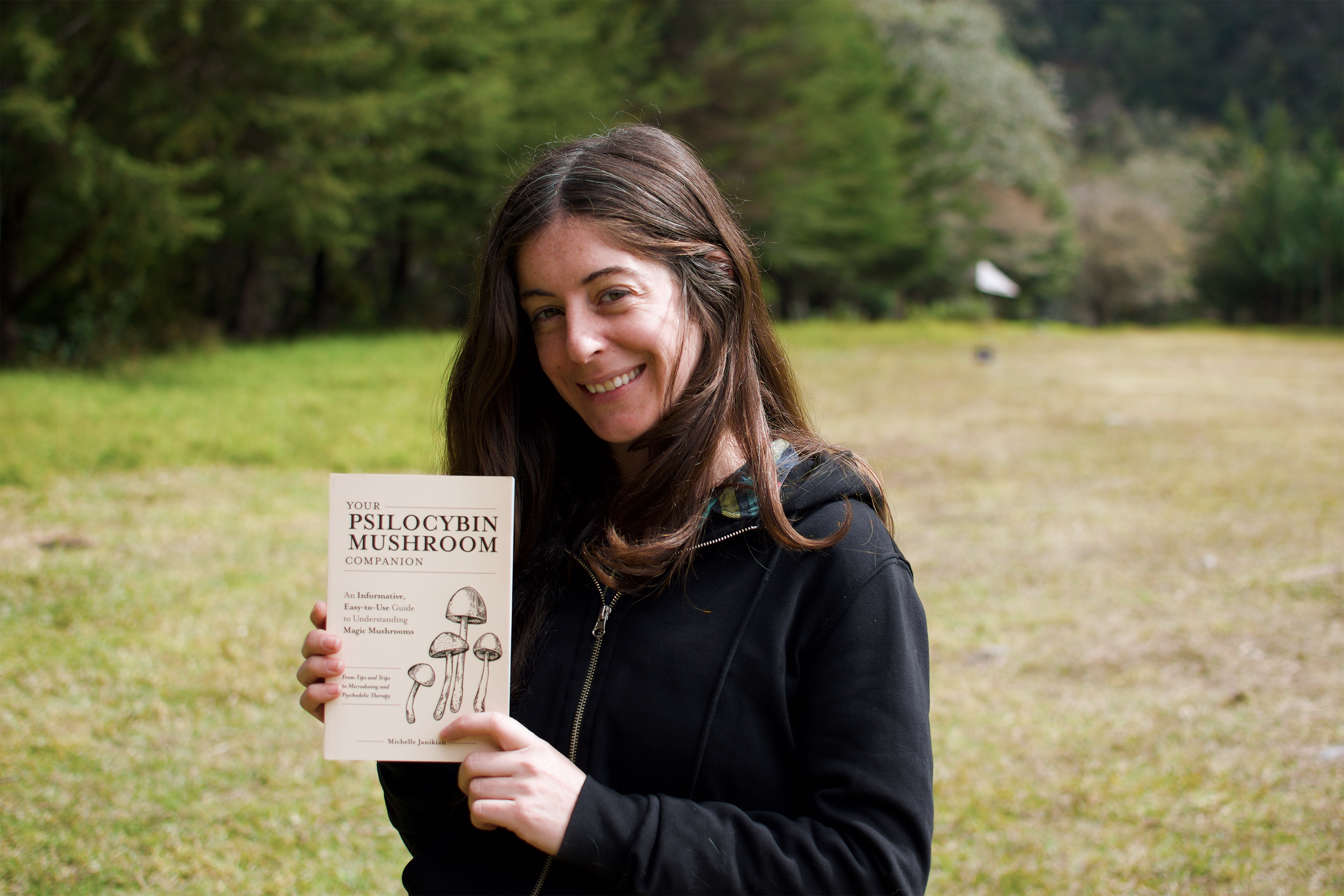
Michelle Janikian with her new book ‘Your Psilocybin Companion’ (Photo by Martin Clarke/MERRY JANE)
MERRY JANE: How did you first discover the true healing potential of psilocybin mushrooms? What was the spark of your journey that made you want to write about it for the collective?
Michelle Janikian: I don’t have one transformative mushrooms story. All my problems weren’t healed from mushrooms. You hear some of these stories, like, “Oh, my OCD was gone.” It’s not a cure-all like that. I still have anxiety, depression, and all of those things. What makes mushrooms important, for me, is it gives me a new perspective on things — insight. It’s more about the mind-expansion qualities, which can be really healing to some people. The fun that they can make you have is also incredibly healing.
But my first mushroom trip, which was 10 to 12 years ago now, awakened me to their power. I wrote about it a little bit in my book. While that trip wasn’t my safest or most insightful, I did come to a lot of realizations. That trip ultimately inspired me to write the book because I want to help others use mushrooms in safer ways and access greater insight — whether to heal or experience realizations. The more you prepare and create a safe environment, the more those things can come to you. My first mushroom trip was the spark for this whole process.
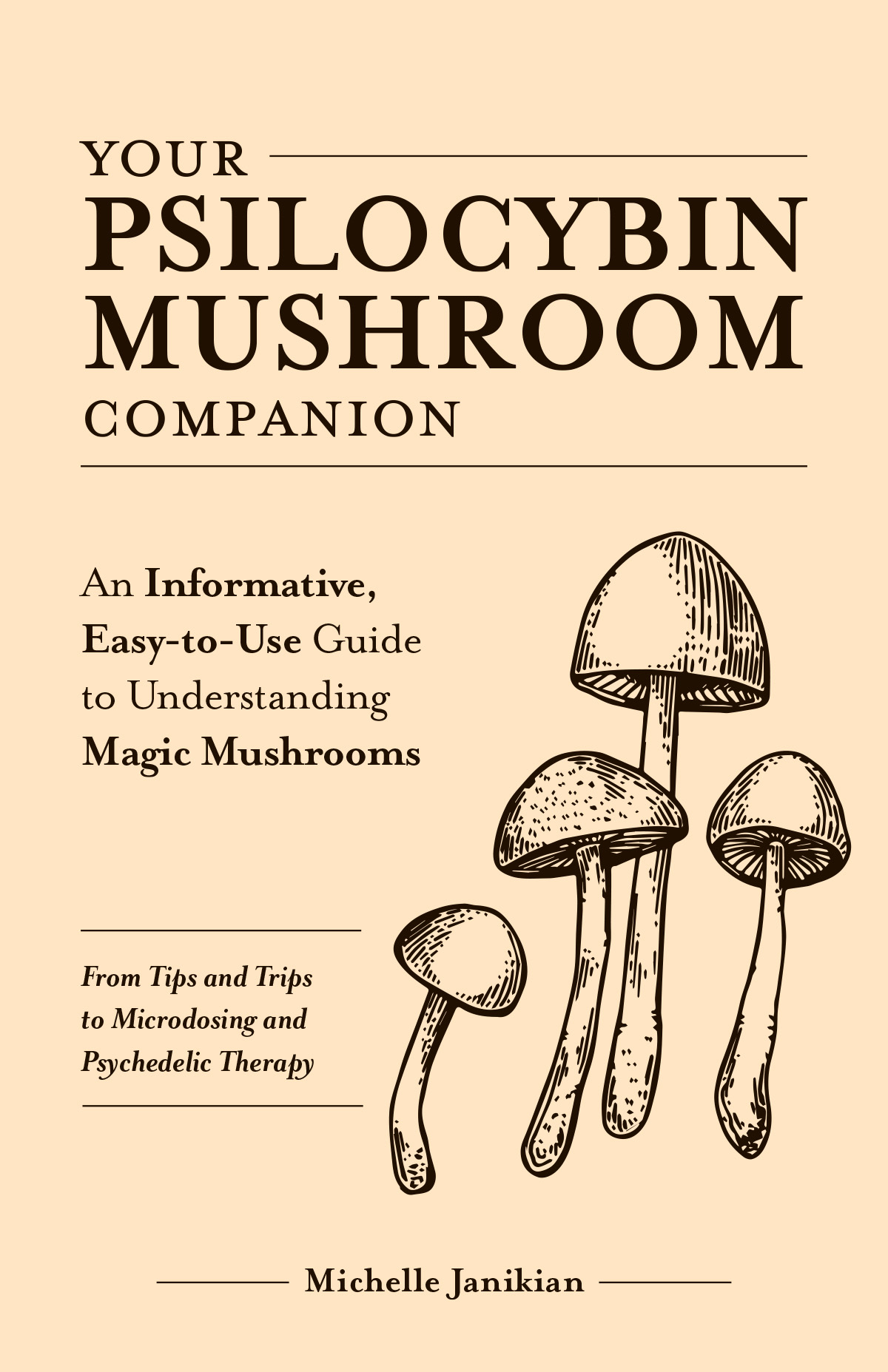
What do you think is the most common cultural misunderstanding when it comes to psilocybin use?
I think the classic misunderstandings are that: Tripping is a super scary and intense experience that might make you go crazy; or that you’re never going to come back; or that it’s an inherently bad thing; or that only super-hippie-druggie people use them. These are such old stigmas and stereotypes!
I think we’re in the process of shifting these perspectives, but I still come across them all the time. When I tell people what my book is about or when talking to family about it — that’s when I get confronted with this old stigma. And it’s always the same: “You’re talking about tripping on drugs? That’s crazy!”
I went on a mushroom retreat last winter with 20 other people. I learned that lots of different people take mushrooms. It’s not a druggie thing. It’s actually a very spiritual, personal growth thing that people do very rarely. They’re doing it in those doses at maybe two, three, maybe four times a year to get in touch with themselves.
Right now, there are all of these new cultural misunderstandings about mushrooms that have come up. Like, the idea that you can take mushrooms one time, and it will cure you of all your problems. That’s also not true at all. The idea of, “All I need to do is take 8 grams of mushrooms, and my PTSD or eating disorder will be over,” is a misconception. It’s a little more difficult than that.
Yes, mushrooms can really help you. They can help you with mental health, but it will take a lot of work, a lot of integration, and self-reflection in the weeks and months before and after your trip. There are a lot of cultural misunderstandings, and I hope this book can help clear them up instead of creating new ones.

What about the ego’s attachment to old patterns or old mental conditioning? What do you think about “ego death” as it pertains to psilocybin use?
That’s a big question. There are some therapy modalities people use to prepare for their psychedelic experience. You essentially talk to your ego and the different parts of yourself, and ask what is giving them fear.
One thing that higher doses of psychedelics does is lessen the ego. You can think of your ego as the internal story you tell yourself, who you are, your motives, and why you do things. We can get really deeply ingrained in that. Psychedelics turn the volume down a little, which can be earth-shattering and life-changing for people.
But getting to know who we are under the masks is essential for healing. Psychedelics help people kind of step outside the story and see that maybe it’s all bullshit, or that you don’t have to be or react a certain way.
Higher doses give you this shift in perspective. They turn down the volume on this ego-driven story you tell yourself. This is when people come to realizations about themselves and why they want to change things.
In psychedelic-assisted therapy sessions in the United States, patients are encouraged to close their eyes and “go inward.” But in your book, you write about how the Mazatec indigenous healers say closing your eyes is “falling out,” and therefore reducing presence. In your experience, is closing your eyes falling out, or how do you feel about the two different ways to trip?
There is such a big difference for me between the traditional Mazatec ceremonial-use and the new Western therapy-use. I included both because I want people to know there are different ways to do therapy sessions. I feel we can get stuck on the therapeutic approach as the “only way,” which isn’t true. It’s just one way to do it, but there are multiple ways — none of which are right or wrong. What’s wrong is saying that there’s only one way that works.
The book is designed to give people as much agency as possible. Just because you aren’t doing it exactly like they do it in a therapeutic setting, or in ceremonial settings, doesn’t make the experience less valid.
I personally like to do both. Keeping your eyes open is great, especially if you’re out in nature. If you have a partner or multiple partners with you, you can all really connect on a deep level and see each other. Even looking in the mirror you can see yourself from a new perspective. There are all these different ways to experience the therapeutic benefits of mushrooms. There is no right or wrong way. Do what feels right in the moment.
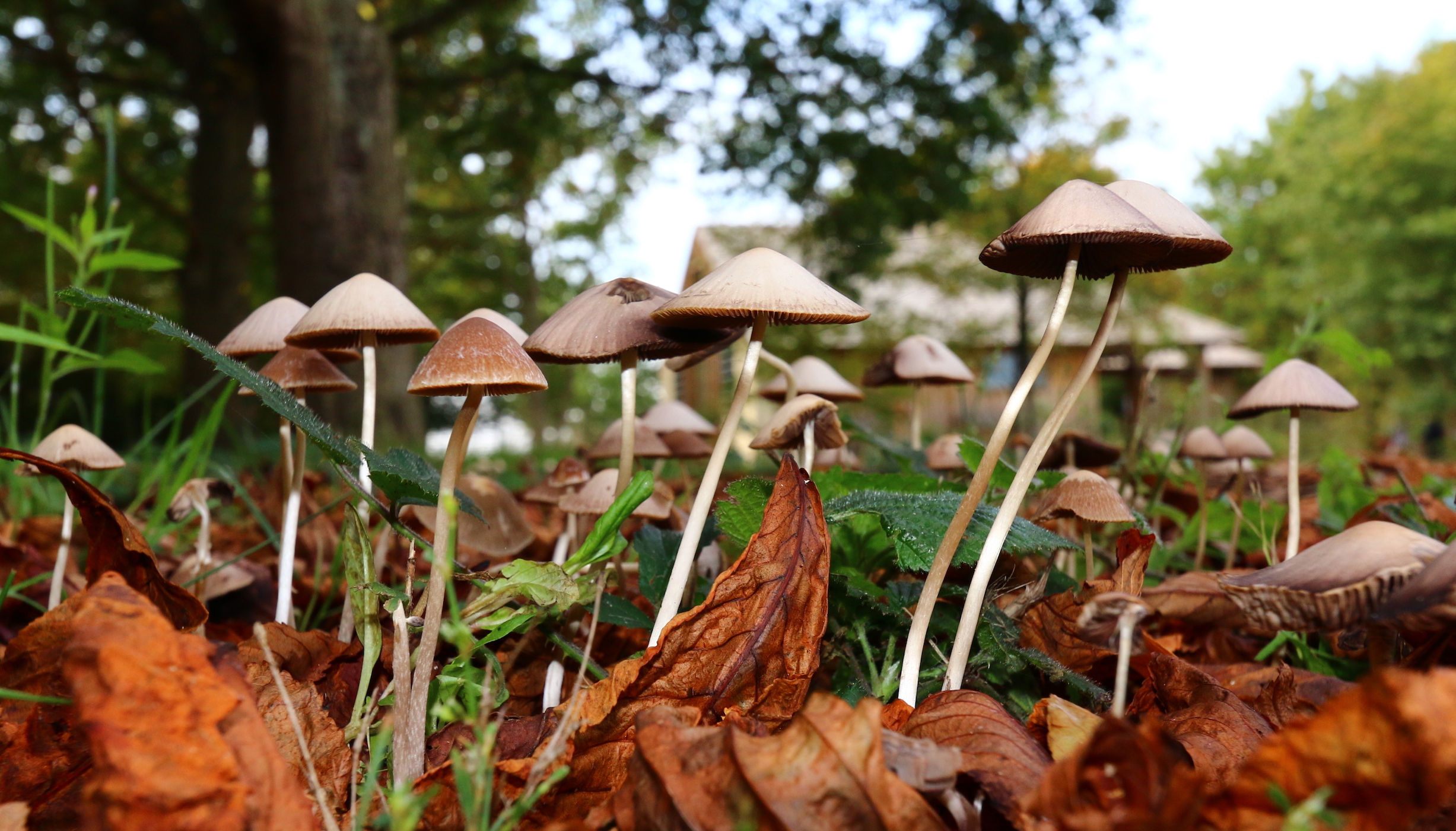
Tell me more about “set and setting,” you explain them as being critical. Not giving away that whole chapter, but why does the setting impact the trip so intensely?
Set and setting is a pretty old concept. Timothy Leary coined the term back in the ‘60s. It’s probably my longest chapter because it’s so important.
Set is your mindset, but it’s more than your mood going into the trip: It’s your whole deal as a person — your beliefs, motives, all the good and bad about you. That is your set.
And then your setting is your environment. It’s your physical location. It’s also your social environment. It’s how you feel in the space that you’re tripping in. Both of these things are going to really influence what kind of trip you’ll have because you’re so sensitive under the influence of mushrooms.
Your set is really going to determine what kind of trip you have: Bad or good or insightful or stressful. And, the main thing that influences your set is your setting. They’re very intertwined. For example, if you’re in a very chaotic, stressful environment, that’s going to influence your mood. Your whole trip will be more paranoid and more chaotic and stressful.
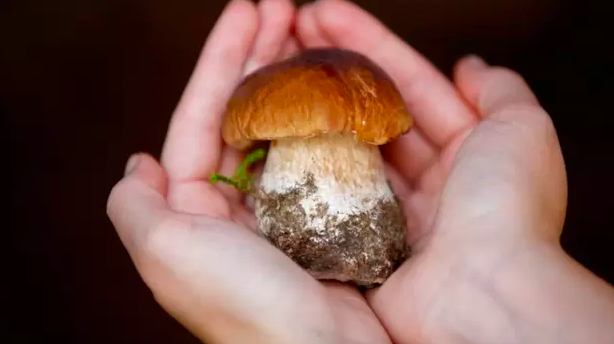
What is “integration” and why is it so important post-trip?
The concept around integration is based on the idea that you can have a really trippy experience and disregard it. People often pack their psychedelic experiences away in a box, and never visit it again. But, you don’t have to disregard the insights you experienced while tripping — you can integrate them into your life. There’s a benefit in exploring what you felt was challenging. Giving those moments a lot of thought in the days, weeks, and months post-trip can mean everything.
I have a whole chapter on different techniques, the big one is journaling. You discover how you feel when you write. Particularly if you want to use mushrooms for personal growth, problem solving, or any mental health reason, integration is key in utilizing your experience for change. If you have a crazy trip, it won’t change your life by itself. But if you can take those lessons back into your life and apply them, it can impact major change.
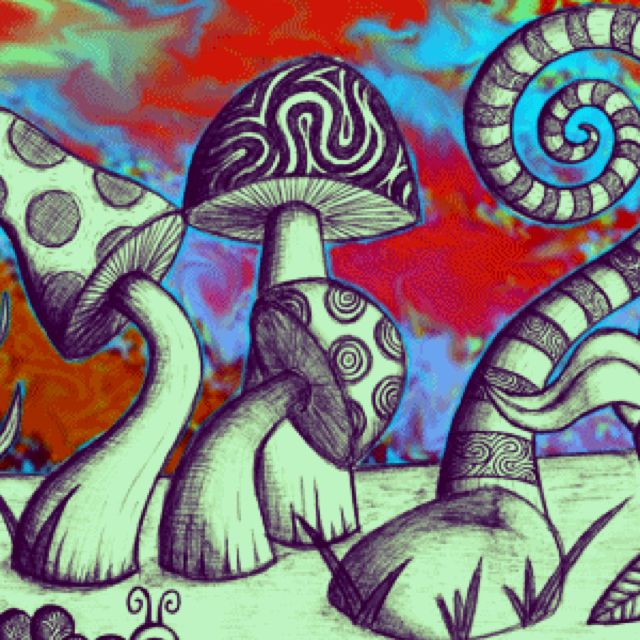
What advice do you have for those who have had a “bad trip” in the past and are tentative to try psychedelics again? Is there such a thing as a “bad trip”?
The community likes to say “there is no such thing as a bad trip — only challenging experiences.” But I think bad trips totally exist. It’s a trip that you’re not prepared for.
Say you take mushrooms spontaneously at a party, and you’re not prepared. You could be totally overwhelmed by the experience, wishing it was over the whole time as soon as it starts kicking in. You can get stuck in these negative thought-loops.
Just focus on breathing through it, and try to let go. Putting your feet on the ground also helps. There are all these things you can do to help yourself through it. Trips can get hard. But if you’re prepared, it will likely be worthwhile.
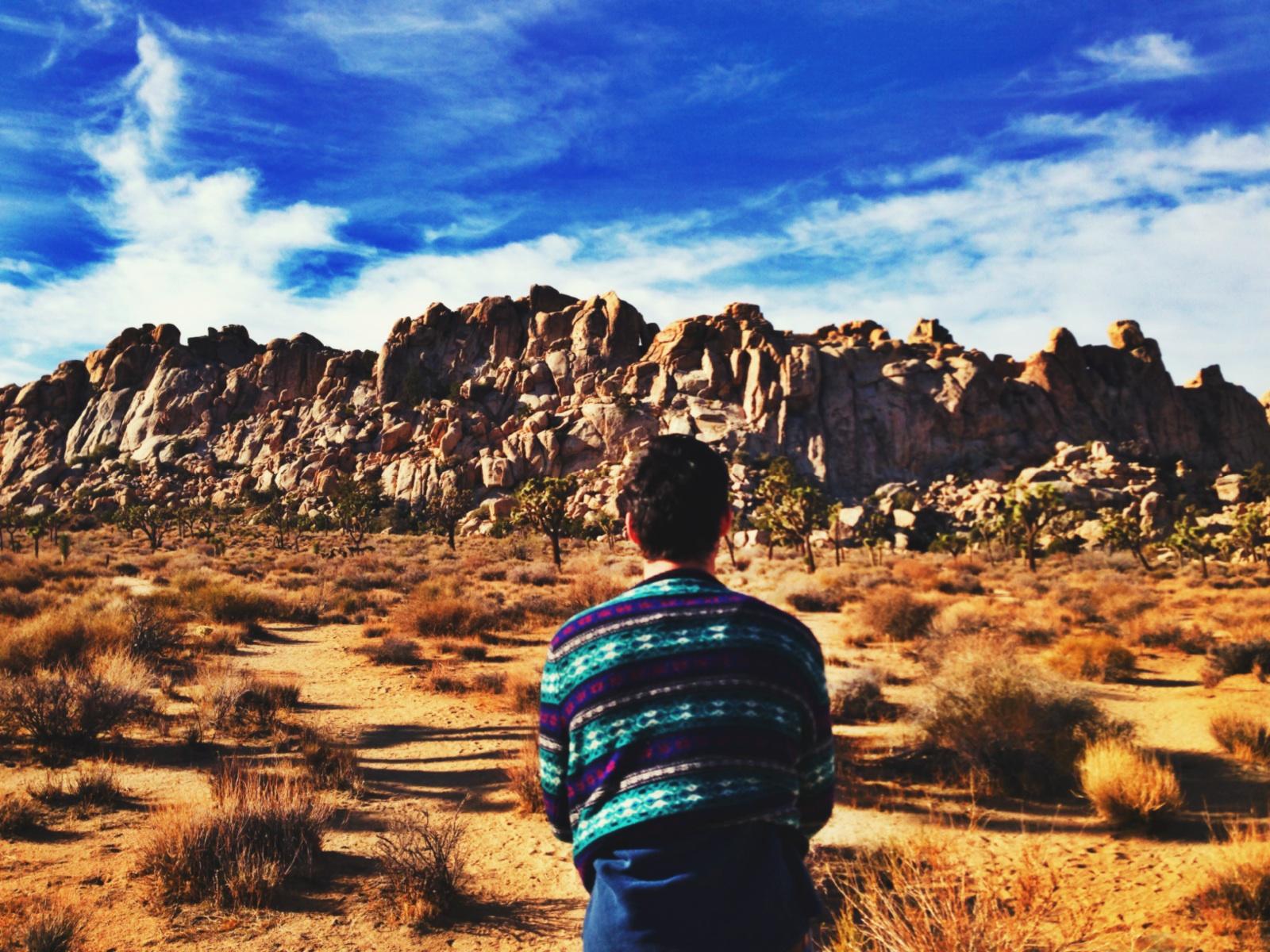
How do you feel about microdosing versus macrodosing?
I like both for different reasons. I like a microdose for social situations, but I would not macrodose in social situations. And by microdose, I mean less than 0.5 grams — maybe 0.2 or 0.3 grams. It can be a fun alcohol replacement or party replacement, for me personally.
A lot of people find that a microdose helps them with different issues from depression to anxiety because it distills some of the qualities a macrodose gives people. I go into that a bit in the book.
It all depends on the person, though. It depends on the set and setting and a lot of different things. Microdosing helps a lot of people, but it doesn’t help everyone. Cannabis can be really great for anxiety for some people, but it causes anxiety for others. You have to be mindful and aware, and journal through your microdose experience. Take it slow and really try and experience how things feel for you.
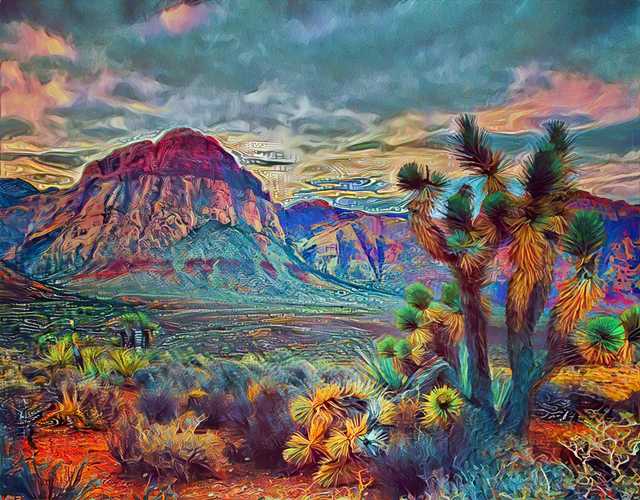
Who are mushrooms for? And who are they not for?
Mushrooms are for everyone. Whoever wants to try them. Don’t force yourself to take mushrooms. If you’re interested, in a safe setting, and prepared, then they’re for most people.
I do have a whole chapter in my book on certain people who need to take extra special precautions — it’s the contraindications of mushroom-use for clinical trials. When I interviewed doctors, they advised that people with schizophrenia should not take mushrooms. They were like, “Well, they really need to take extra precautions. A trip sitter, guide, therapist.”
My whole thing is to give people agency to do what is right for them and be as safe as they can. The harm-reduction approach is the best way. If you’re nervous about taking mushrooms because you’re not in the best mental space — trust yourself. Part of being safe is taking a long look at how you feel and what you’re expecting. Take extra precautions if you need to. Enlist a guide, even.
You need to decide what’s best for you.
You can purchase “Your Psilocybin Mushroom Companion” by Michelle Janikian on Amazon, Powell’s Books, Barnes and Noble, and at local bookstore via Indiebound.


